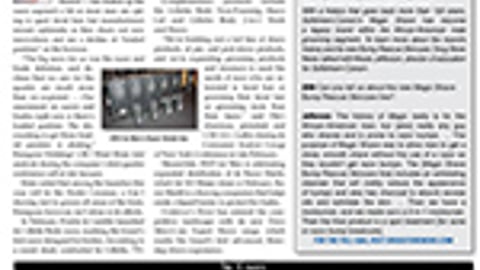-
Creating a viable biosimilars market
Although the United States is still waiting for final practical guidelines from the Food and Drug Administration about the launch of biosimilars and the standards required to meet the threshold of interchangeability, the rest of the world seems to be barreling forward with the development and launch of these important medicines. By the end of this decade, a significant number of blockbuster drugs will go off patent, paving the way for biosimlar market entrance.



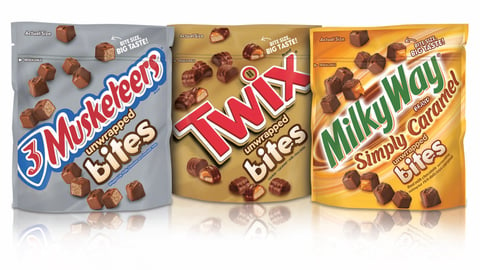
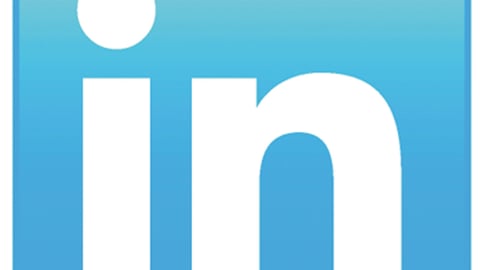
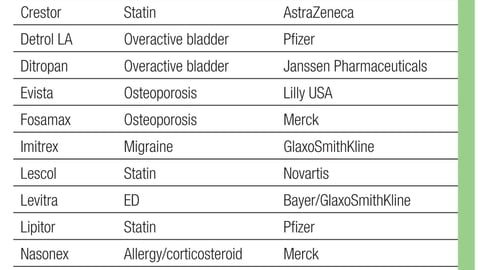
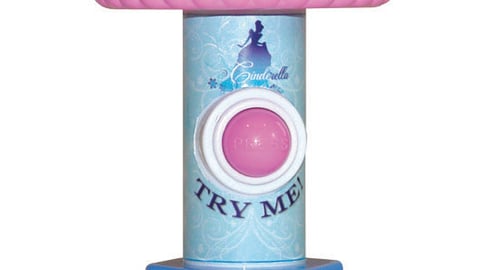
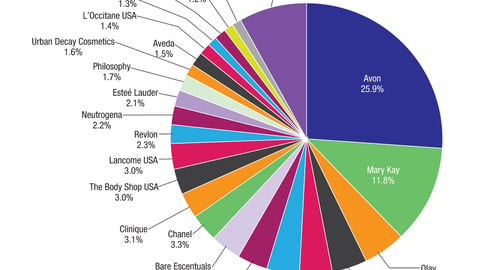
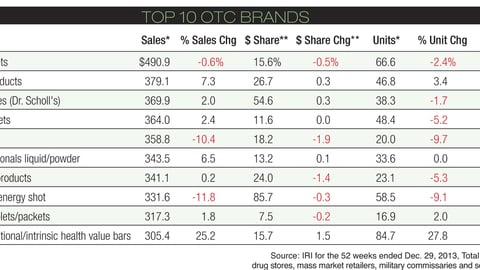
 Shaving trends among men — or rather the lack thereof — has shaken up the razor segment a bit as more men are opting to sport facial hair, but manufacturers remain optimistic as they churn out new innovations and see a decline of “loaded pantries” on the horizon.
Shaving trends among men — or rather the lack thereof — has shaken up the razor segment a bit as more men are opting to sport facial hair, but manufacturers remain optimistic as they churn out new innovations and see a decline of “loaded pantries” on the horizon.